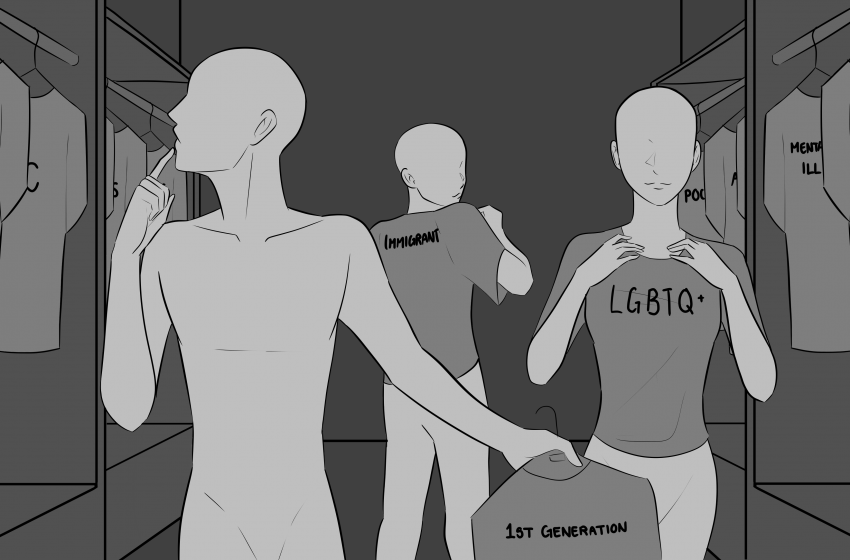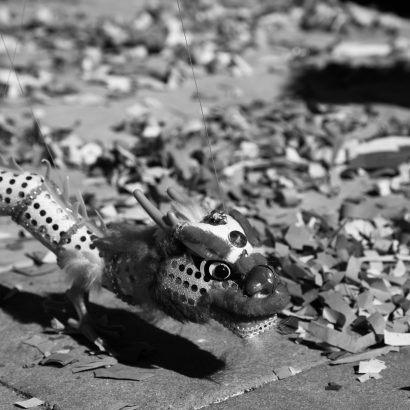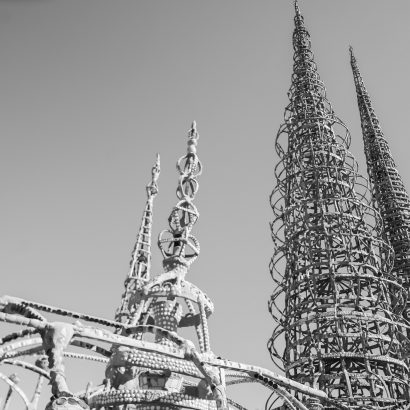Story by Sonya Shimpock
Staff Writer
Illustration by Isabelle Wong
Staff Illustrator
Social media personality Haley Kalil recently posted a video titled Me and my undiagnosed autistic tendencies. The video was frighteningly out of touch — Kalil played up a devastatingly rude and blunt persona, blatantly reinforcing negative stereotypes surrounding neurodivergent individuals.
The video is merely one small part of a perplexing trend that has only further flourished in the growth of the digital age — the struggles and identities of marginalized communities are being co-opted and repackaged as “quirky” attributes or unique selling points.
Individualism is like a currency of its own in the realm of social media — the aspects of one’s identity that stem from marginalization are paradoxically both revered and exploited. Users are encouraged to present their lives and backgrounds in ways that are most likely to garner likes, shares, and follows — which leads to influencers often prioritizing or fabricating sensational or “quirky” aspects of their experiences at the expense of authenticity. When influencers are able to commodify the experience of marginalization without actually having to endure systemic oppression, it trivializes the lived experiences of those who are actually affected while also breeding cynicism and skepticism towards individuals who seek to share their genuine experiences of marginalization. Furthermore, if social media is fraught with false claims to a marginalized identity, this not only diminishes the perceived legitimacy of actual experiences of marginalization, but it also contributes to a competitive, performative culture where the severity of one’s struggles becomes a perverse form of social capital.
This trend is frighteningly prevalent in the entertainment industry as well. TV shows and movies frequently utilize marginalized identities for shock value or narrative convenience, or will simply tout their diverse characters across the screen in hopes of appealing to a broader audience. Reducing marginalized characters and individuals to stereotypical or one-dimensional roles perpetuates harmful stereotypes and deprives audiences of the ability to engage with authentic representations of the diversity of the human experience. For example, Indigenous peoples are often depicted as bloodthirsty warriors or overly silent and stoic; even when they are portrayed somewhat “positively,” they still serve as foils or guides for white characters. This practice also creates a distorted view of these marginalized communities among consumers of entertainment, contributing to misunderstandings and furthering prejudices.
The impact of these practices is profound. For individuals from marginalized communities, watching as their identities are exploited or misrepresented can lead to feelings of alienation and invisibility. It also reinforces the notion that their value in society is contingent upon the entertainment, educational, or commercial utility of their experiences rather than their inherent worth as individuals.
To quash the baffling practice of the privileged identifying with the marginalized, businesses and consumers must first acknowledge that the problem exists, and only after can policies change. The younger generation has a responsibility to, as they move into society, begin to dismantle the mechanisms that enable this exploitation of marginalized identities. SPHS students have the ability to pave the way for a future where all individuals can genuinely thrive without their identities being reduced to mere tools for personal and financial gain. A commitment must be made to understanding and addressing systemic inequalities; not just when it is convenient or beneficial for individual advancement, but as a genuine effort with no terms and conditions.



